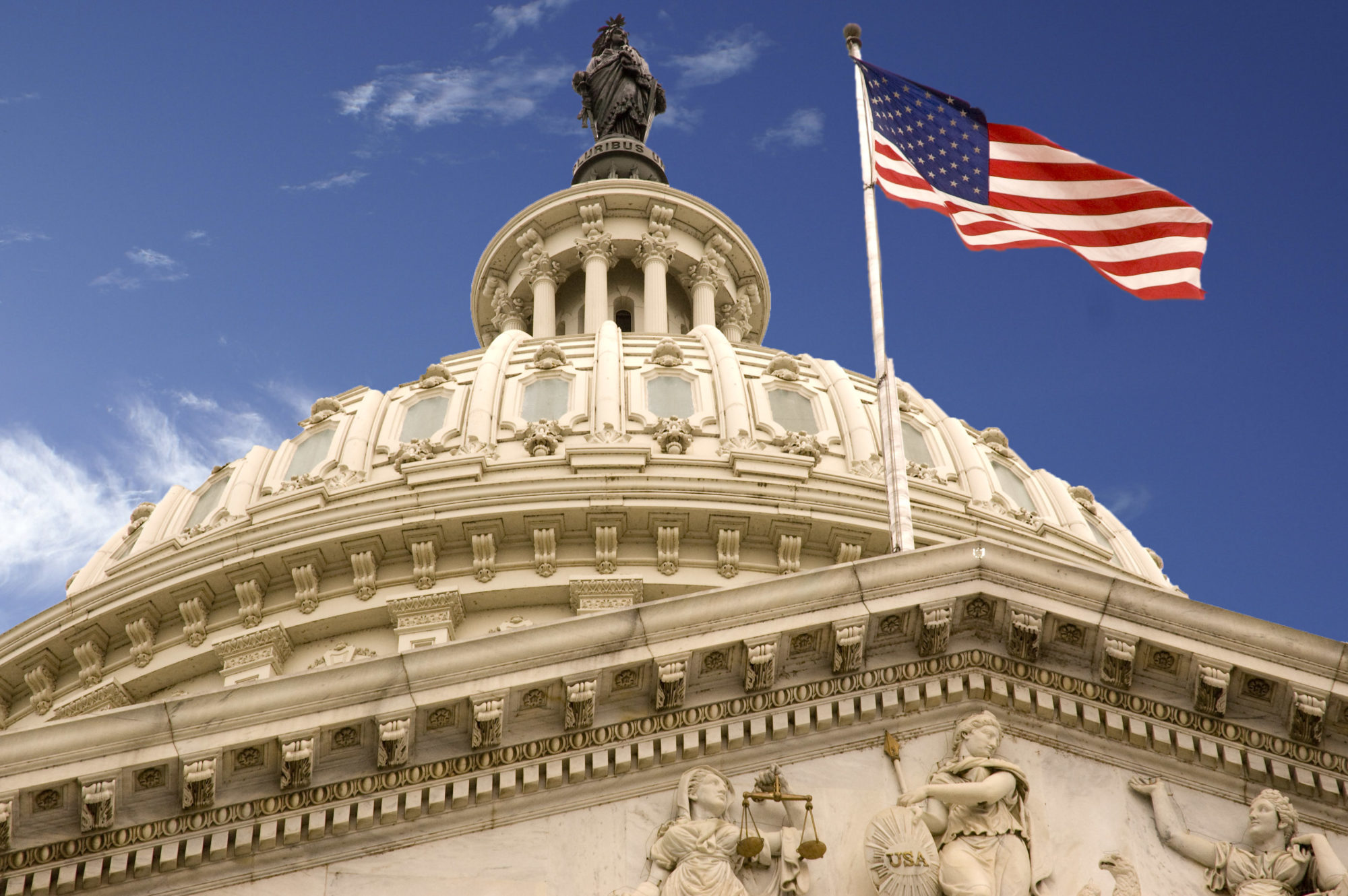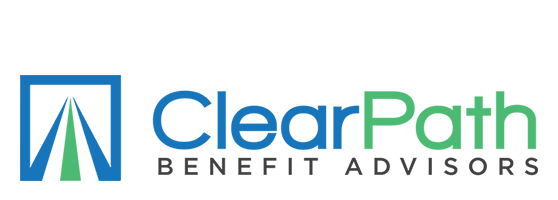
03 Mar Qualifying Small Employer Health Reimbursement Arrangements FAQ
Stay up-to-date with the most recent ACA rules and regulations thanks to our partners at United Benefits Advisors (UBA),
On December 13, 2016, President Obama signed the 21st Century Cures Act (Cures Act) into law. The Cures Act provides a method for certain small employers to reimburse individual health coverage premiums up to a dollar limit through HRAs called “Qualified Small Employer Health Reimbursement Arrangements” (QSE HRAs). This provision will go into effect on January 1, 2017.
Unless an employer meets all the requirements for offering a QSE HRA, previous IRS guidance prohibiting the reimbursement of individual premiums directly or indirectly, after- or pre-tax, through an HRA, a Section 125 plan, a Section 105 plan, or any other mechanism, remains in full effect. Reimbursing individual premiums in a non-compliant manner will subject an employer to a Patient Protection and Affordable Care Act (ACA) penalty of $100 a day per individual it reimburses, with the potential for other penalties based on the mechanism of the non-compliant reimbursement.
Which employers may offer a QSE HRA?
- Employers with fewer than 50 full-time and full-time equivalent employees (under ACA counting rules) that do not offer a group health plan.
Which employers may not offer a QSE HRA?
- Employers with 50 or more full-time and full-time equivalent employees (under ACA counting rules).
- Employers of any size that offer a group health plan
Which employees may participate?
- Employers must offer the QSE HRA to all similarly situated employees.
- It is acceptable to provide different reimbursement amounts to different employees within the reimbursement limits, as long as the variance is due to variant prices in the insurance policies in which the individual employees are enrolled.
- It is not acceptable to provide different reimbursement amounts to employees based on employee classifications, seniority, job performance, wellness program incentives, or any other type of incentive/reward program.
What, if any, nondiscrimination rules apply?
- Internal Revenue Code (IRC) Section 105 nondiscrimination rules apply, so employers must ensure that a QSE HRA does not discriminate in favor of highly compensated or key employees. This test must be satisfied every plan year.
- It is best practice to run the test prior to the beginning of the plan year, several months before the end of the plan year, and at the close of the plan year.
What benefits can a QSE HRA pay for or reimburse?
- Any documented healthcare expenses as defined by Section 213(d) of the IRC. Unlike traditional HRAs, a QSE HRA may reimburse individual premiums.
A QSE HRA can reimburse employees for premium costs for individual plans. Can a QSE HRA reimburse employees for premium costs for enrollment in a spouse’s or parent’s group health plan?
- That is unclear at this time. Employers considering this should consult with their attorney. Risk averse employers should prohibit this.
A QSE HRA can reimburse employees for premium costs for individual plans. Are there requirements on where the policy is purchased?
- No. Employees can be reimbursed for individual coverage that they purchase from a broker, or for coverage that they purchase in the Marketplace or on the Exchange.
How are expenses reimbursed?
- The employee submits substantiated expenses to the claims administrator.
Are there limits on reimbursable expenses?
- Yes. In 2017, the reimbursement may not exceed $4,950 annually for single coverage, and $10,000 annually for family coverage.
- The amount is prorated by month for individuals who are not covered by the arrangement for the entire year.
- The 2017 monthly limit for single coverage reimbursement is $412.
- The 2017 monthly limit for family coverage reimbursement is $833.
- The limits will be updated annually.
Will a QSE HRA impact an employee’s subsidy eligibility in the Marketplace?
- Yes, if the QSE HRA offers affordable coverage, then an individual will not be subsidy eligible.
- Potentially, if the QSE HRA offers unaffordable coverage. In that case, an individual’s subsidy eligibility would be reduced by the dollar amount provided for the month through the QSE HRA
How are QSE HRAs funded?
- A QSE HRA can only be funded by an employer. Employees cannot contribute to QSE HRAs on a pre- or post-tax basis. Employers should avoid plan designs that provide incentive/reward money to employees through a QSE HRA that is not provided to all similarly situated employees on a uniform basis, or requires employees to meet additional requirements to “earn” the money.
How is affordability calculated for a QSE HRA?
- Affordability will be determined by calculating the “net cost of coverage” to the employee.
- Net cost of coverage is the amount an employee would pay for self-only coverage under the lowest cost silver plan offered in the Marketplace minus the reimbursement from the QSE HRA.
- If the net cost of coverage is less than 9.69 percent of household income, coverage is affordable. If it is more costly, the coverage is unaffordable.
If an employee with a QSE HRA receives a subsidy, is the employer at risk for penalties?
- No, because employers with fewer than 50 full-time and fulltime equivalent employees are not obligated to provide coverage under the ACA
Are QSE HRAs subject to COBRA?
- No.
Are QSE HRAs subject to ERISA?
- A QSE HRA is excluded from the ERISA Title I, Part 7 group health plan definition. The rest of ERISA may apply to QSE HRAs, although this issue remains undetermined by an administrative agency or court.
Do employers have any notice requirements if they offer a QSE HRA?
- Yes. QSE HRA benefits have an annual notice requirement. Written notice must be provided to all eligible employees no later than 90 days prior to the beginning of the benefit year.
- On February 27, 2017, the IRS issued Notice 2017-20 that delays the initial written notice deadline. The Treasury and IRS intend to issue guidance to provide eligible employers with additional time to furnish the initial required written notice to eligible employees; the extended deadline will be no earlier than 90 days following issuance of future guidance. Further, no penalties will be imposed for failure to provide the initial written notice before the extended deadline.
What information must be contained in the written notice?
- The dollar figure the individual is eligible to receive through the QSE HRA.
- A statement that the eligible employee should provide information about the QSE HRA to the Marketplace or Exchange if the employee has applied for an advance premium tax credit.
- A statement that employees who are not covered by minimum essential coverage (MEC) for any month may be subject to penalty.
Does an employer that offers a QSE HRA have reporting requirements?
- Yes. Employers sponsoring QSE HRAs are subject to ACA related reporting with Form 1095-B and 1094-B as the sponsor of MEC.
- Employers sponsoring QSE HRAs must report money provided through a QSE HRA on an employee’s W-2 under the aggregate cost of employer-sponsored coverage.
- It is unclear if the existing safe harbor on reporting the aggregate cost of employer-sponsored coverage for employers with fewer than 250 W-2s would apply, as arguably many of the small employers eligible to offer QSE HRAs would have fewer than 250 W-2s
To download the full compliance alert click Here.






